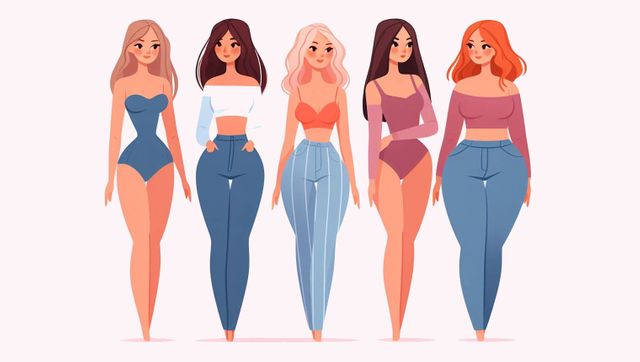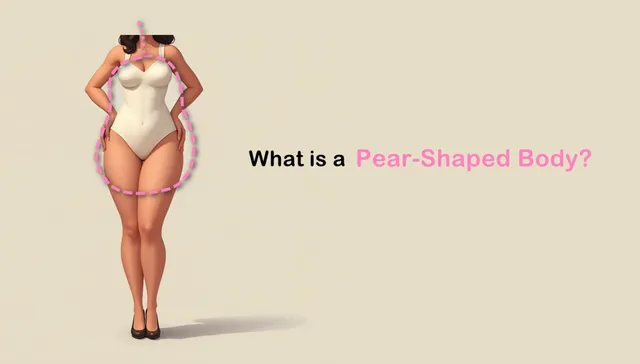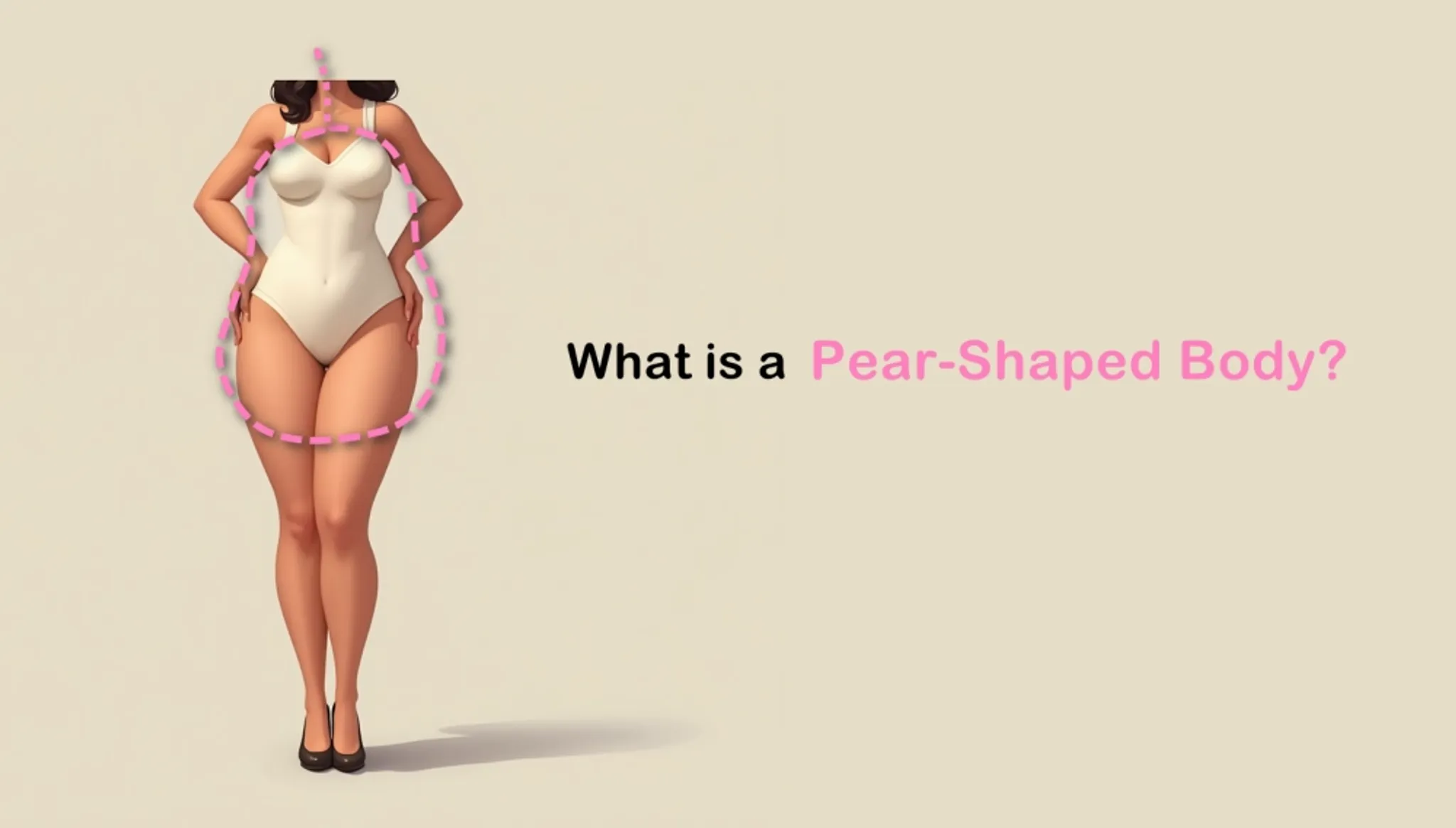ModCloth created a name for itself by offering timeless, well made, clothing that women of all shapes and sizes were proud to wear, the likes of world renowned, plus size model Tess Holliday amongst them, but how will their latest move affect their brand and their audience alike?
With the body positive movement sweeping the world, many retailers have begun to add a ‘Plus Size’ section to their sites and stores, looking to expand their audience and keep up with the demand for more plus size clothing options, however, ModCloth is the first company to remove the ‘Plus Size’ section from their website. As to why the e-tailer made what some are calling a ‘bold move,’ Susan Koger, co-founder of ModCloth, specified, “We really feel like shopping categories should be defined by types of clothing, not types of bodies.” She went on to explain that the decision was inspired by a pop-up store with no sizing segregation, which allowed women of all shapes and sizes to shop together with their friends.
Previously, pressure was applied within the fashion industry to include plus size clothing more prominently, thanks in part to the body positive movement, a revolution that encourages love and acceptance, yet many believe ModCloth’s decision reverses that progression. ModCloth indeed removed the ‘Plus Size’ tab from the top of their website, yet, search hard enough, and you will find that they replaced it with ‘Extended Sizes’ in the sidebar of their website. “Replacing one word with another isn’t innovative, and the fact that I have to search harder for my size isn’t better for me,” one shopper declared.
Plus size clothing has evolved over the decades from being hidden within the dark crevices of a department store’s back corner, to having companies, such as Lane Bryant and Monif C., dedicate their entire brand to the above-average-sized woman. Most major brands have attempted to strike a balance, though, catering to women of all shapes and sizes, yet distinguishing their offerings separately with the label ‘Plus Size,’ essentially being inclusive yet exclusive simultaneously. The idea that a company could be inclusive without sequestering by size was unheard of before now. For that reason alone, many have hailed ModCloth’s decision to be a brave example of what consumers could hope for in the future. It speaks to the fashion world’s need to further diversify without labeling their diversification.
Most plus size clothing consumers have adjusted to the industry’s standard set up of labels, tabs, and isolation, and, as one shopper pointed out, this segregation made finding what you wanted easier; however, in a world that still focuses on difference, could unity, the unification of female shoppers, be the first step towards squashing discrimination as a whole?
In an industry that is consistently criticized and praised in the same sentence, will this decision affect ModCloth’s brand positively or negatively? How will merging their audience, uniting their consumers, affect their bottom-line? Only time will tell.












































